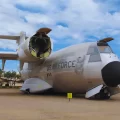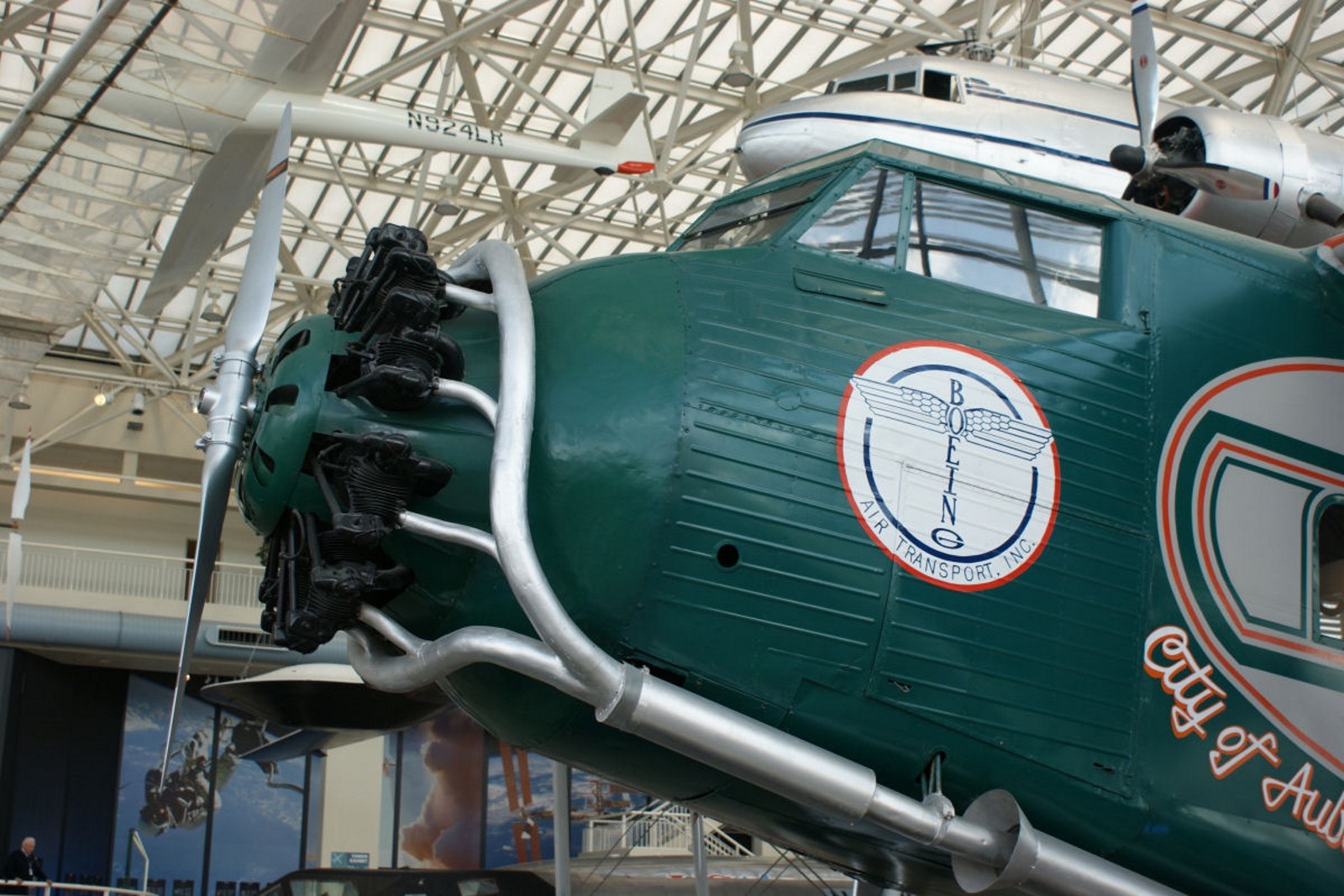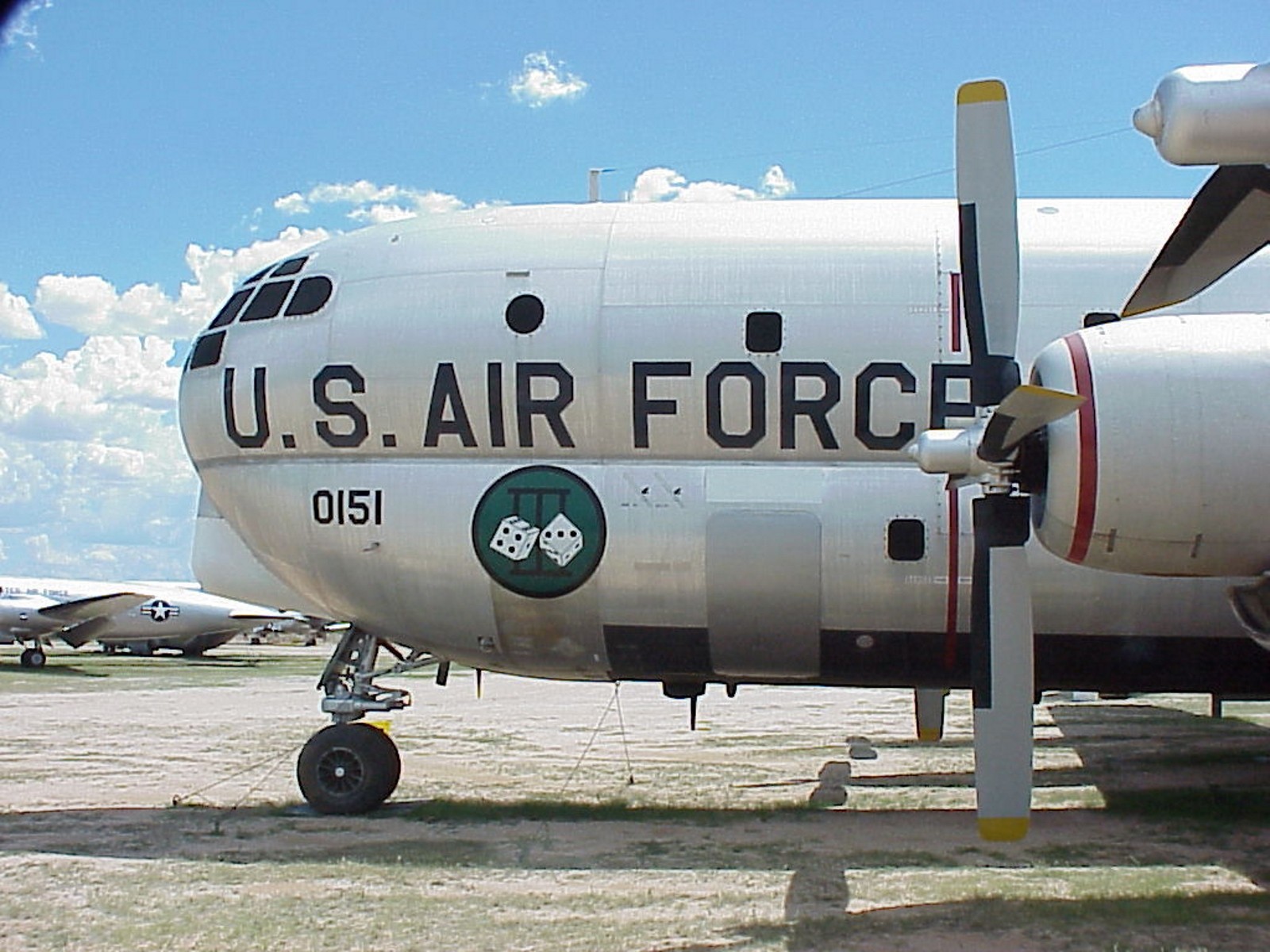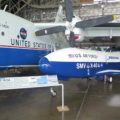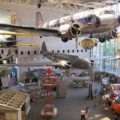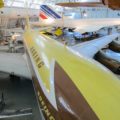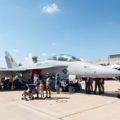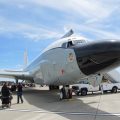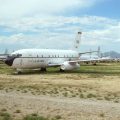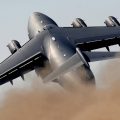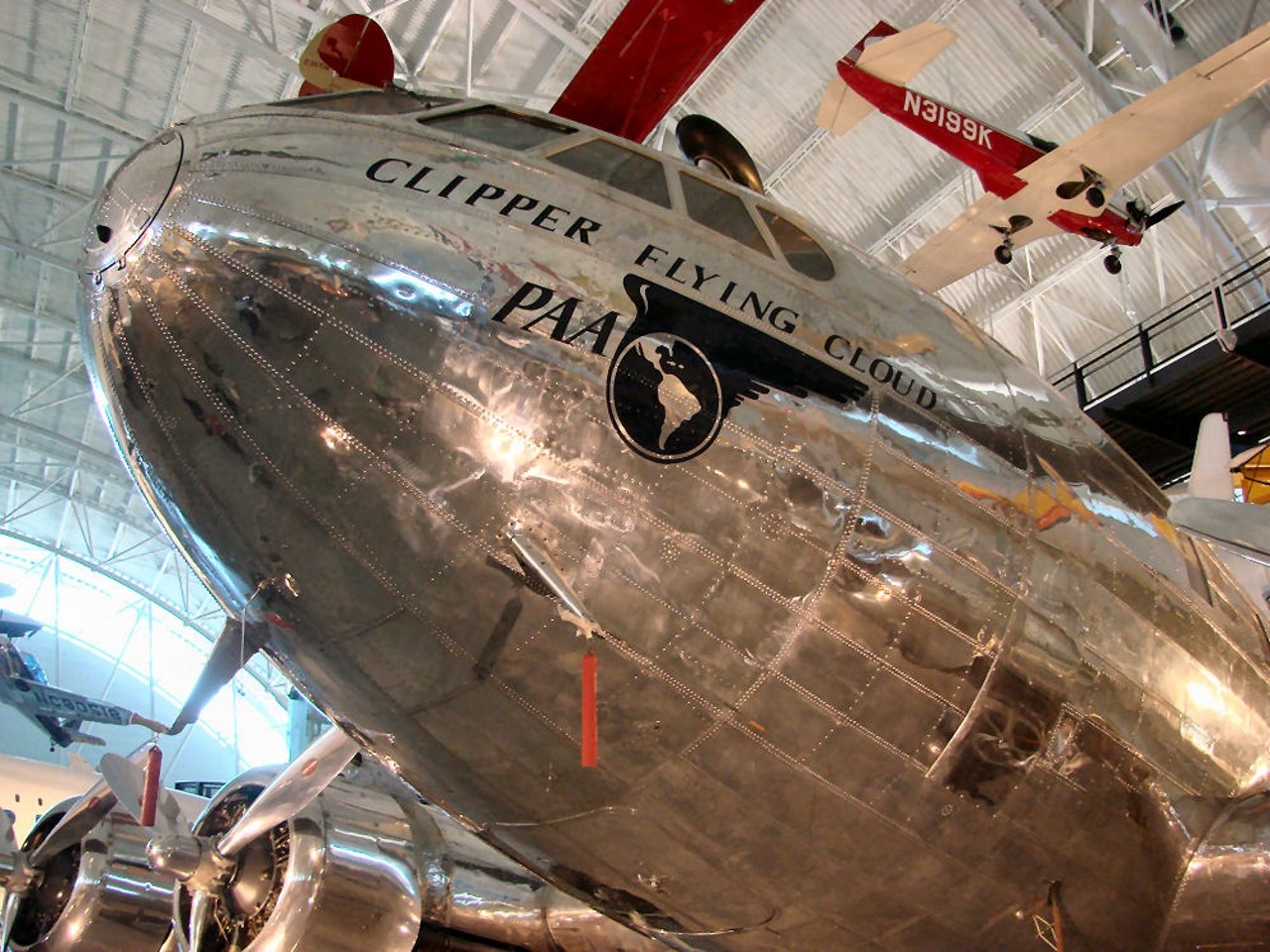
Boeing 307 Stratoliner | |
|---|---|
| Land | Usa |
| Rolle | Verkehrsflugzeug |
| Erstflug | 31. Dezember 1938 |
| Gebaut | 10 |
das Boeing Model 307 Stratoliner war das erste zivile Transportflugzeug, das mit einer Druckkabine in Dienst kam. Diese Funktion ermöglichte es dem Flugzeug, in einer Höhe von 6.000 m zu kreuzen, weit über vielen Wetterstörungen. Das Druckdifferenzial betrug 2,5 psi (17 kPa), so dass bei 4.480 m der Luftdruck der Kabine einer Höhe von 2.440 m entsprach. Das Modell 307 hatte eine Kapazität für eine Besatzung von sechs und 33 Passagieren. Neben dem Zivildienst wurde sie auch als Boeing C-75 Stratoliner von der United States Army Air Forces geflogen, die sie als Langstrecken-Frachtliftflugzeug einsetzte.
| Boeing Model 307 Stratoliner Walk Around | |
|---|---|
| Fotograf | Wladimir Nikolajewitsch Jakubow |
| Lokalisierung | National Air & Space Museum |
| Fotos | 107 |
Zugehörige Kits:
| Boeing Model 307 Stratoliner Walk Around | |
|---|---|
| Fotograf | Michael Benolkin |
| Lokalisierung | Unbekannter |
| Fotos | 27 |
Finden Sie Kits bei eBay:
Siehe auch:
das Boeing 307 Stratoliner was the first commercial airliner to feature a pressurized cabin, allowing it to fly at higher altitudes and avoid bad weather. It was developed from the Boeing B-17 Flying Fortress bomber and entered service in 1938 with Pan American Airways. The 307 had a capacity of 33 passengers and a crew of five, and could fly at a maximum speed of 246 mph (396 km/h).
The 307 was also the first airliner to offer a flight engineer position, who monitored the four Wright R-1820 Cyclone radial engines and the cabin pressure. The 307 was a technological breakthrough in aviation history, but it faced competition from the Douglas DC-3 and DC-4, which were cheaper and more reliable. Only 10 307s were built, and none of them are in service today. The last surviving 307, named the Flying Cloud, is on display at the Smithsonian National Air and Space Museum in Washington, D.C.
Aufrufe : 2313


